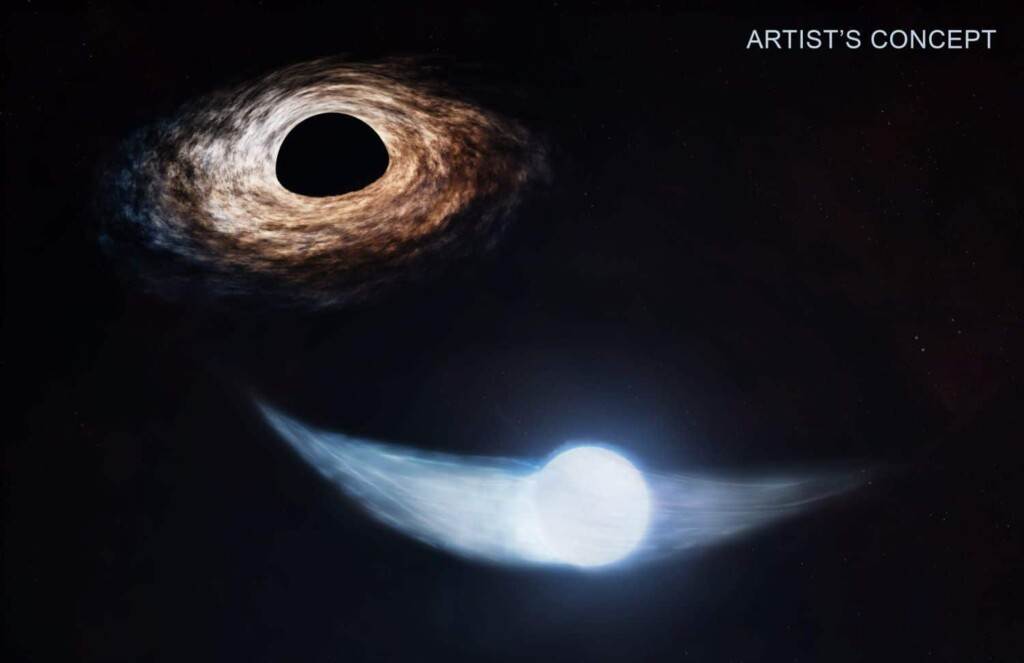08
Sep
Black church leaders brought religion to politics in the ‘60s – but it was dramatically different from today’s white Christian nationalism
Politics tamfitronics (The Conversation) — Fifty-eight years ago in the summer of 1966, a group of Black church leaders took out ...



 Hot Deals
Hot Deals Shopfinish
Shopfinish Shop
Shop Appliances
Appliances Babies & Kids
Babies & Kids Best Selling
Best Selling Books
Books Consumer Electronics
Consumer Electronics Furniture
Furniture Home & Kitchen
Home & Kitchen Jewelry
Jewelry Luxury & Beauty
Luxury & Beauty Shoes
Shoes Training & Certifications
Training & Certifications Wears & Clothings
Wears & Clothings








